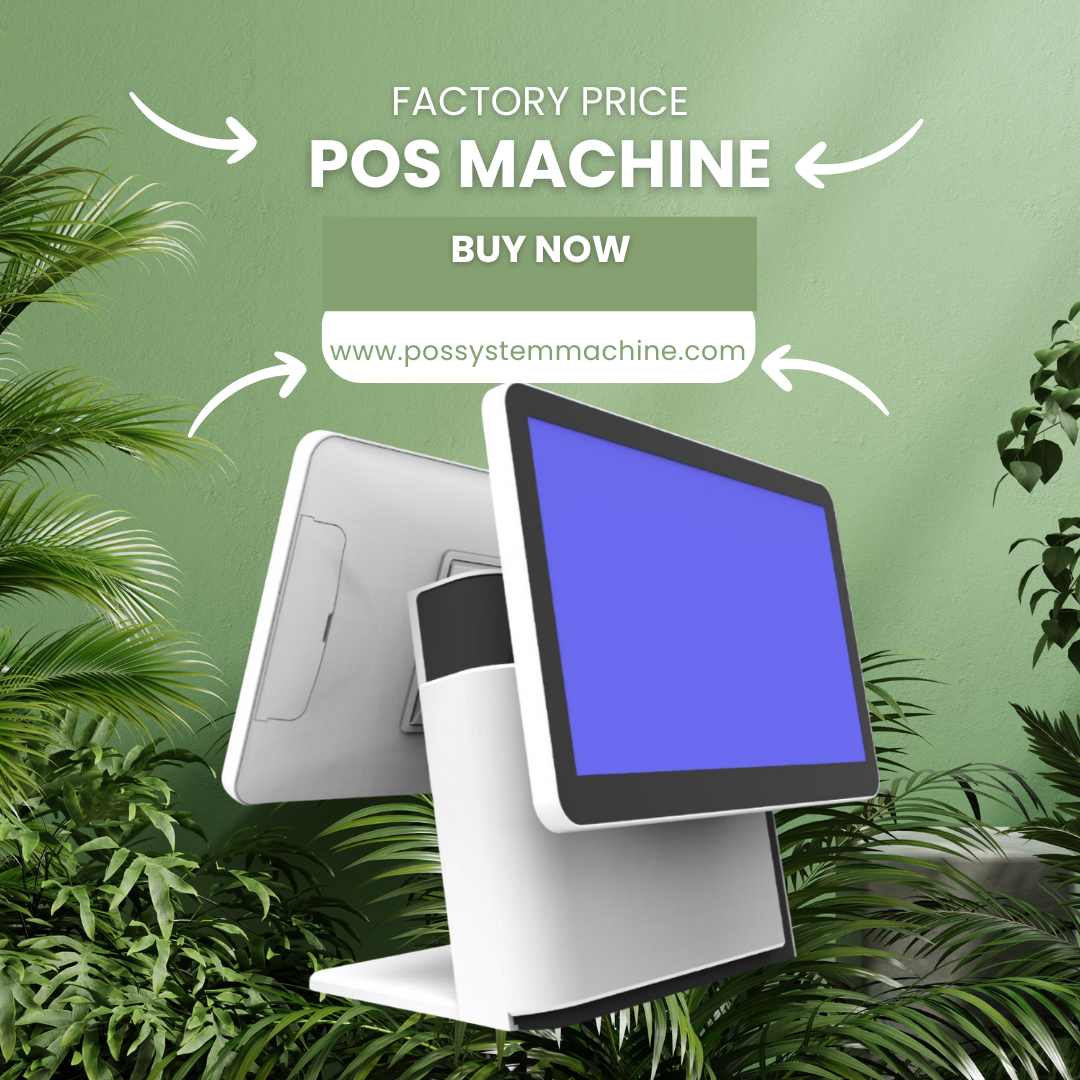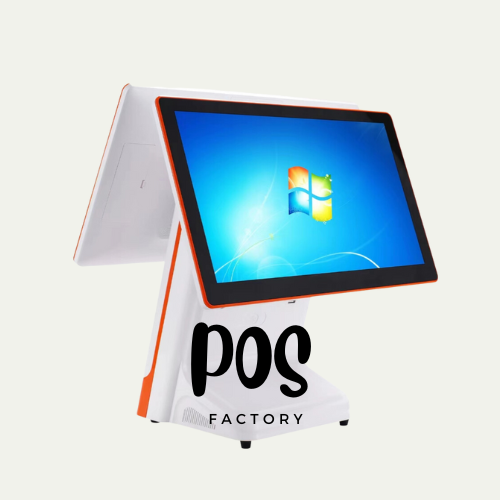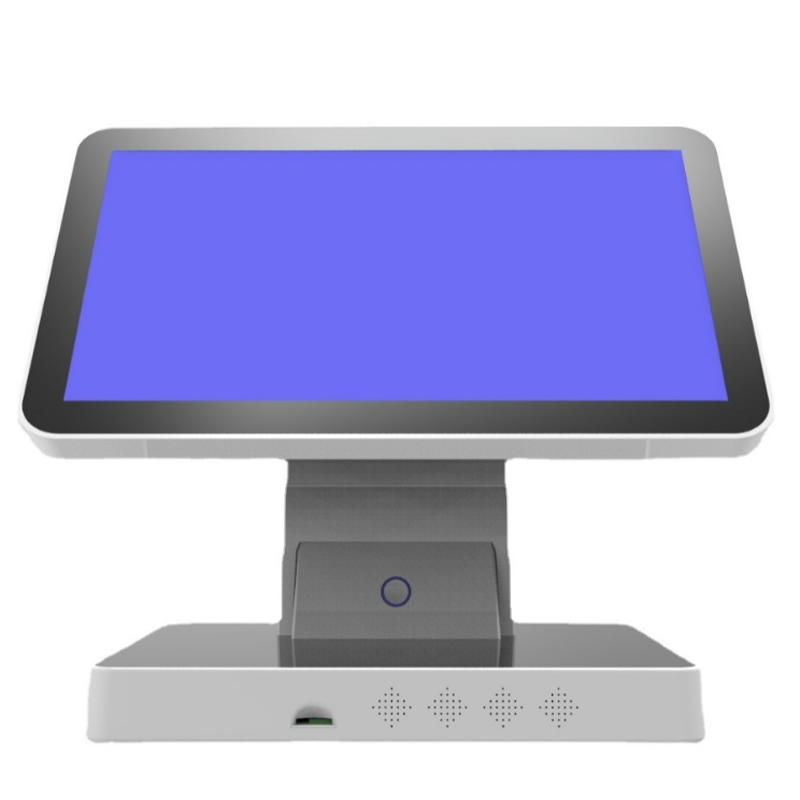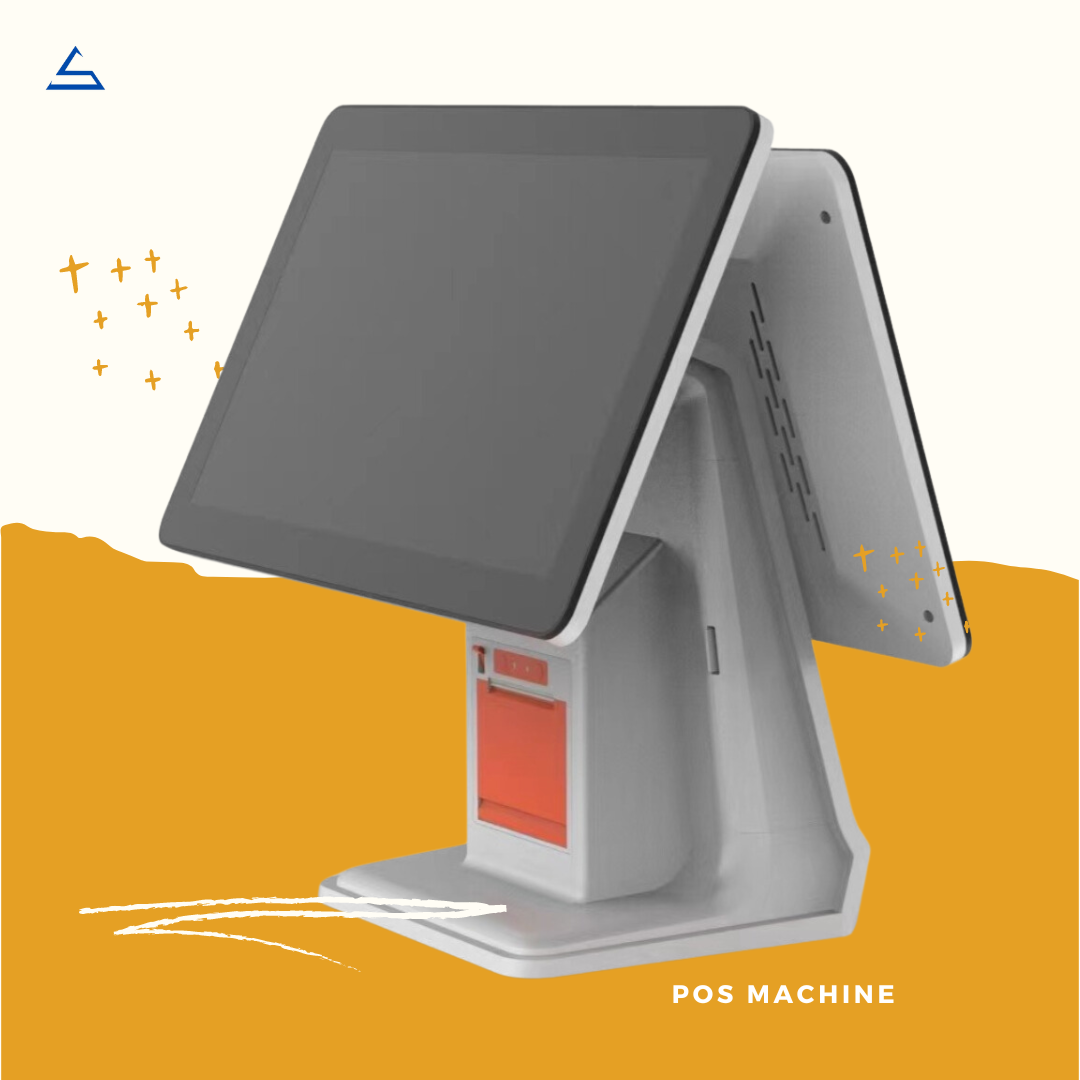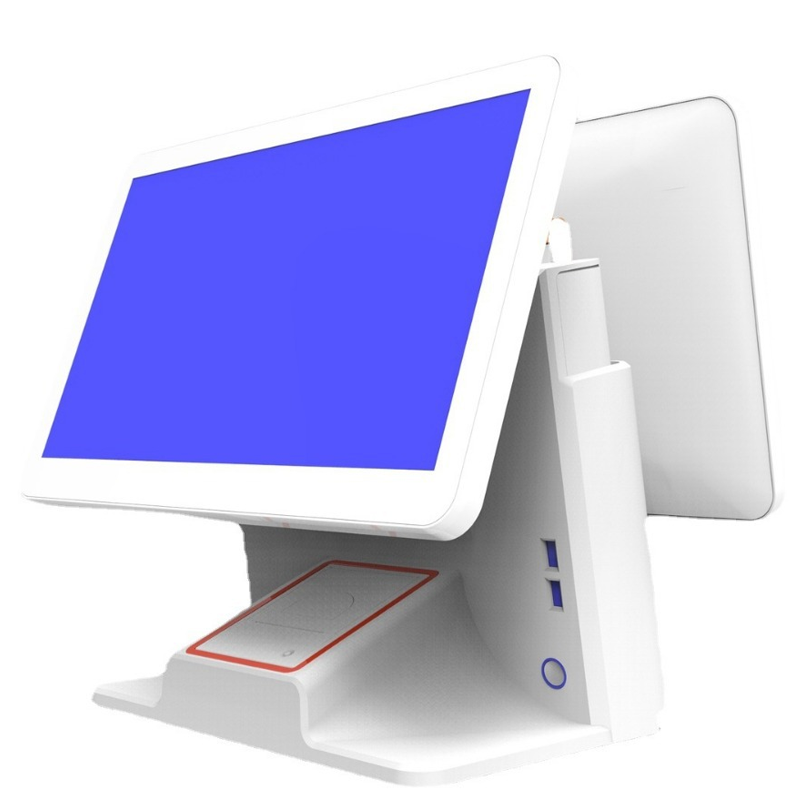pos for restaurants hardware
Table of Contents
Summary
Are you ready to revolutionize your restaurant’s operations? Dive into the world of restaurant POS hardware and discover how the right system can transform your business. This comprehensive guide will walk you through everything you need to know about choosing, implementing, and maximizing the potential of your restaurant’s point of sale hardware. From boosting efficiency to enhancing customer experiences, we’ll explore how cutting-edge POS technology can be the secret ingredient to your restaurant’s success.
What Is Restaurant POS Hardware and Why Is It Essential?
Restaurant POS hardware forms the backbone of modern food service operations. But what exactly does it entail? Let’s break it down:Restaurant POS hardware refers to the physical components of a point of sale system specifically designed for use in restaurants. This includes devices like touchscreen terminals, cash drawers, receipt printers, and handheld devices for tableside ordering. These components work together to streamline operations, process transactions, and manage various aspects of the restaurant business.The importance of robust POS hardware in restaurants cannot be overstated. It’s the nerve center that connects your front-of-house with the kitchen, manages inventory, processes payments, and provides valuable insights into your business performance. With the right POS hardware, you can:
- Increase order accuracy and speed
- Improve customer service and satisfaction
- Streamline inventory management
- Enhance staff productivity
- Gain valuable business insights through data analytics
As the restaurant industry becomes increasingly competitive, having efficient and reliable POS hardware is no longer a luxury – it’s a necessity for survival and growth.
How Do You Choose the Right POS System for Your Restaurant?
Selecting the perfect POS system for your restaurant can be daunting. Here are some key factors to consider:
- Restaurant Type and Size: A small café will have different needs compared to a large, full-service restaurant. Consider your specific requirements.
- Budget: Determine how much you’re willing to invest in your POS system. Remember, it’s an investment in your business’s future.
- Features: Look for features that align with your restaurant’s needs, such as table management, inventory tracking, and customer loyalty programs.
- Ease of Use: The system should be intuitive and easy for your staff to learn and use efficiently.
- Scalability: Choose a system that can grow with your business and adapt to future needs.
- Integration Capabilities: Ensure the POS system can integrate with other tools you use, such as accounting software or online ordering platforms.
- Customer Support: Look for providers offering reliable customer support to help you troubleshoot issues quickly.
When shopping for POS hardware, it’s crucial to consider both your current needs and future growth plans. A cloud-based POS system offers flexibility and scalability, allowing you to easily add new features or locations as your business expands.
What Are the Essential Components of Restaurant POS Hardware?
A comprehensive restaurant POS system typically includes several key hardware components:
- POS Terminal: This is the central hub of your POS system, usually featuring a touchscreen interface for easy operation.
- Cash Drawer: While many transactions are now cashless, a secure cash drawer is still essential for handling cash payments.
- Receipt Printer: For providing customers with physical receipts and printing kitchen orders.
- Handheld POS Devices: These mobile units allow servers to take orders and process payments tableside, improving efficiency and customer service.
- Kitchen Display System (KDS): This replaces traditional paper tickets, displaying orders directly to kitchen staff for improved accuracy and speed.
- Card Reader: Essential for processing credit and debit card payments securely.
- Barcode Scanner: Useful for inventory management and quickly ringing up retail items.
Each of these components plays a crucial role in creating a seamless and efficient restaurant operation. The right hardware combination can significantly impact your restaurant’s performance and customer satisfaction.
How Can Cloud-Based POS Systems Benefit Your Restaurant?
Cloud-based POS systems have revolutionized the restaurant industry. Here’s how they can benefit your business:
- Accessibility: Access your data from anywhere, anytime, allowing for remote management and monitoring.
- Real-time Updates: Get instant updates on sales, inventory, and other crucial data.
- Automatic Backups: Never worry about losing your data due to hardware failure or other issues.
- Scalability: Easily add new features or locations as your business grows.
- Cost-Effective: Reduce upfront costs and benefit from regular software updates without additional charges.
- Integration: Seamlessly integrate with other cloud-based tools for accounting, marketing, and more.
- Enhanced Security: Benefit from robust security measures and regular updates to protect your data.
By leveraging a cloud-based POS system, you can future-proof your restaurant and stay ahead of the competition.
What Role Does Mobile POS Play in Modern Restaurants?
Mobile POS technology is transforming the dining experience. Here’s how:
- Tableside Ordering: Servers can take orders directly at the table, improving accuracy and speed.
- Faster Table Turnover: Process payments at the table, reducing wait times and increasing table turnover.
- Enhanced Customer Service: Servers have instant access to menu information, allergen details, and wine pairings.
- Line Busting: During peak hours, staff can take orders from customers waiting in line to reduce wait times.
- Outdoor Service: Easily extend service to patios or outdoor areas without the need for fixed terminals.
- Inventory Management: Staff can perform inventory counts on the go, improving accuracy and efficiency.
Mobile POS solutions like handheld devices offer flexibility and efficiency that can significantly improve your restaurant’s operations and customer satisfaction.
How Can POS Hardware Improve Your Restaurant’s Efficiency?
The right POS hardware can be a game-changer for your restaurant’s efficiency. Here’s how:
- Streamlined Order Processing: Touchscreen terminals and handheld devices allow for quick and accurate order entry.
- Integrated Kitchen Display Systems: Eliminate paper tickets and improve communication between front-of-house and kitchen staff.
- Inventory Management: Barcode scanners and integrated inventory systems help keep track of stock levels in real-time.
- Faster Payments: Modern card readers and contactless payment options speed up the checkout process.
- Table Management: Digital table management systems help optimize seating and reduce wait times.
- Staff Performance Tracking: POS systems can track individual staff performance, helping identify areas for improvement.
- Automated Reporting: Generate detailed reports on sales, inventory, and more with just a few clicks.
By implementing efficient POS hardware, you can significantly reduce wait times, minimize errors, and improve overall customer satisfaction.
What Security Features Should You Look for in Restaurant POS Hardware?
Security is paramount when it comes to POS systems. Here are key features to consider:
- EMV Compliance: Ensure your card readers support EMV chip technology for secure transactions.
- End-to-End Encryption: Look for systems that encrypt data from the point of capture through transmission and storage.
- PCI DSS Compliance: Your POS system should comply with Payment Card Industry Data Security Standards.
- User Authentication: Robust user authentication measures prevent unauthorized access to your system.
- Physical Security: Consider hardware with built-in security features like locked cash drawers and secure mounting options.
- Regular Software Updates: Choose a provider that offers regular security updates to protect against new threats.
- Data Backups: Ensure your system performs regular, secure backups of all critical data.
Investing in a secure POS system protects not only your business but also your customers’ sensitive information.
How Do You Train Your Staff to Use New POS Hardware Effectively?
Implementing new POS hardware is only half the battle – ensuring your staff can use it effectively is crucial. Here’s how to approach training:
- Start Early: Begin training well before the new system goes live.
- Hands-On Practice: Provide ample opportunity for staff to practice with the new hardware.
- Role-Specific Training: Tailor training sessions to different roles (servers, managers, kitchen staff).
- Create Reference Materials: Develop quick-reference guides for common tasks and troubleshooting.
- Ongoing Support: Offer continuous support and refresher training as needed.
- Encourage Feedback: Ask staff for their input on the new system and address any concerns promptly.
- Highlight Benefits: Help staff understand how the new system will make their jobs easier and improve customer service.
Effective training ensures a smooth transition and helps your team make the most of your new POS hardware investment.
What Are the Latest Trends in Restaurant POS Hardware?
Stay ahead of the curve by keeping an eye on these emerging trends:
- Contactless Payments: The demand for touchless payment options has surged, with technologies like NFC becoming standard.
- AI Integration: POS systems are incorporating AI for predictive analytics, personalized customer experiences, and more.
- Biometric Authentication: Some systems are exploring fingerprint or facial recognition for added security and convenience.
- Voice-Activated POS: Voice commands are making their way into POS systems for hands-free operation.
- IoT Integration: POS systems are becoming part of a larger ecosystem of connected devices in restaurants.
- Self-Service Kiosks: More restaurants are adopting self-service options to reduce wait times and labor costs.
- Augmented Reality: AR is being explored for interactive menu displays and staff training.
Staying informed about these trends can help you make forward-thinking decisions when investing in POS hardware.
How Can You Measure the ROI of Your POS Hardware Investment?
Investing in new POS hardware is significant, so it’s crucial to measure its return on investment. Here’s how:
- Track Key Metrics: Monitor changes in average transaction time, table turnover rate, and order accuracy.
- Analyze Sales Data: Look for improvements in upselling, cross-selling, and overall sales volume.
- Assess Labor Costs: Evaluate if the new system has reduced labor hours or improved staff productivity.
- Customer Feedback: Gather and analyze customer feedback on their dining experience.
- Inventory Management: Measure improvements in inventory accuracy and reduction in waste.
- Staff Satisfaction: Consider the impact on staff satisfaction and turnover rates.
- Total Cost of Ownership: Factor in not just the initial cost, but ongoing expenses like maintenance and upgrades.
By regularly assessing these factors, you can determine the true value of your POS hardware investment and make informed decisions for future upgrades.
Conclusion: Powering Your Restaurant’s Success with the Right POS Hardware
Choosing and implementing the right POS hardware is a crucial step in running a successful, efficient restaurant. Here are the key takeaways:
- Understand your specific needs and choose a system that aligns with your restaurant’s goals
- Consider both current requirements and future scalability
- Invest in essential components like terminals, printers, and mobile devices
- Embrace cloud-based solutions for flexibility and real-time insights
- Prioritize security features to protect your business and customers
- Provide thorough training to ensure your staff can maximize the system’s potential
- Stay informed about emerging trends to future-proof your investment
- Regularly assess the ROI of your POS hardware to guide future decisions
By carefully considering these factors and choosing the right POS system for your restaurant, you’re not just upgrading your hardware – you’re investing in your business’s future success. With the right tools at your fingertips, you can streamline operations, enhance customer experiences, and gain valuable insights to drive your restaurant forward in an increasingly competitive industry.
Tags
Product
Blog
Contact Us
Related Products
Frequently asked questions about wood box manufacutring

